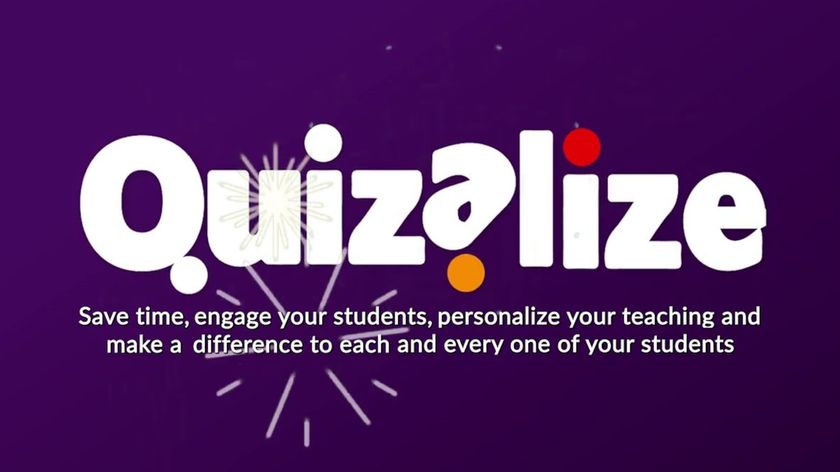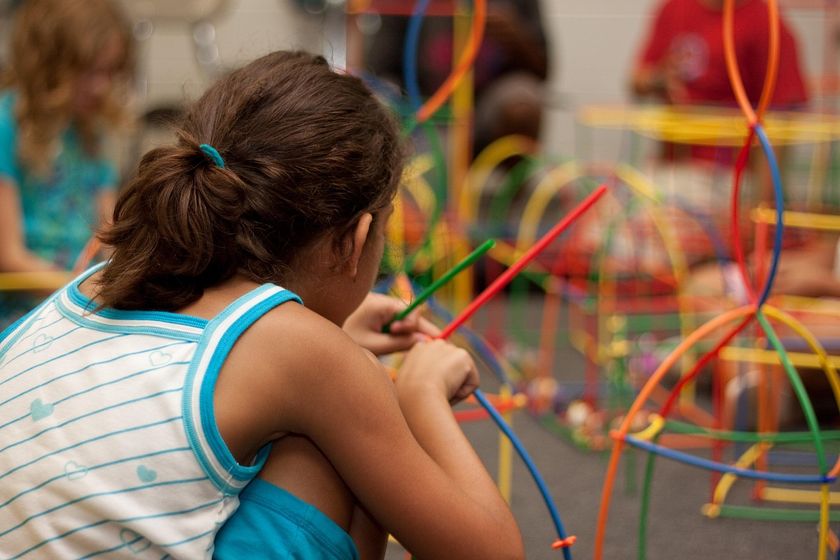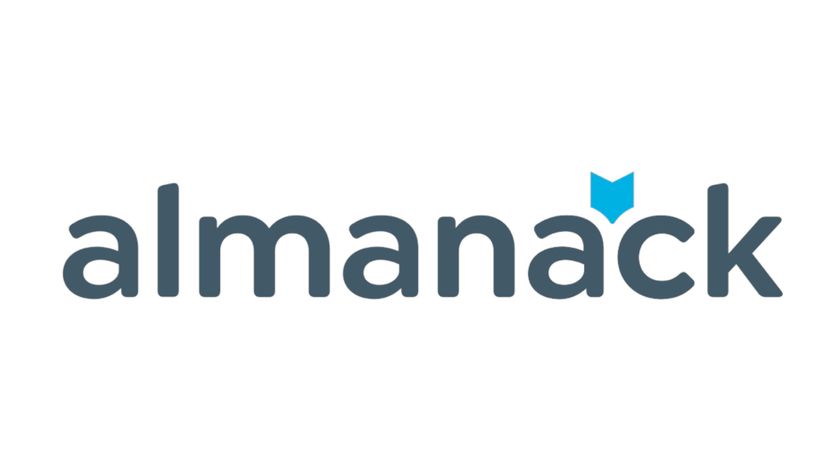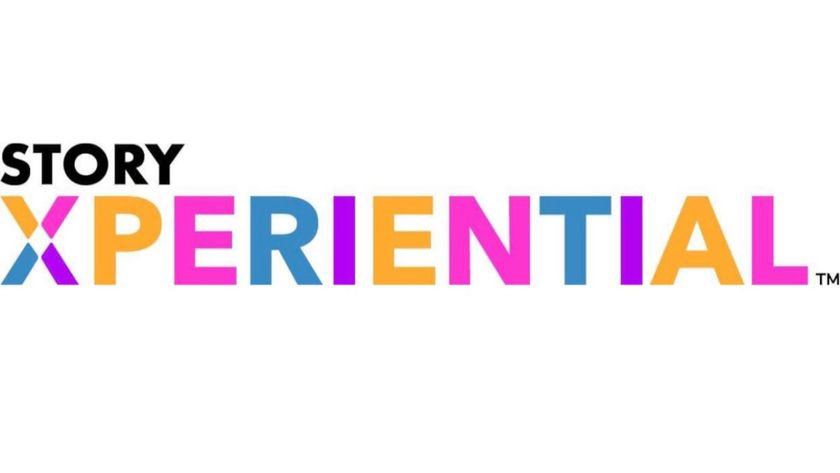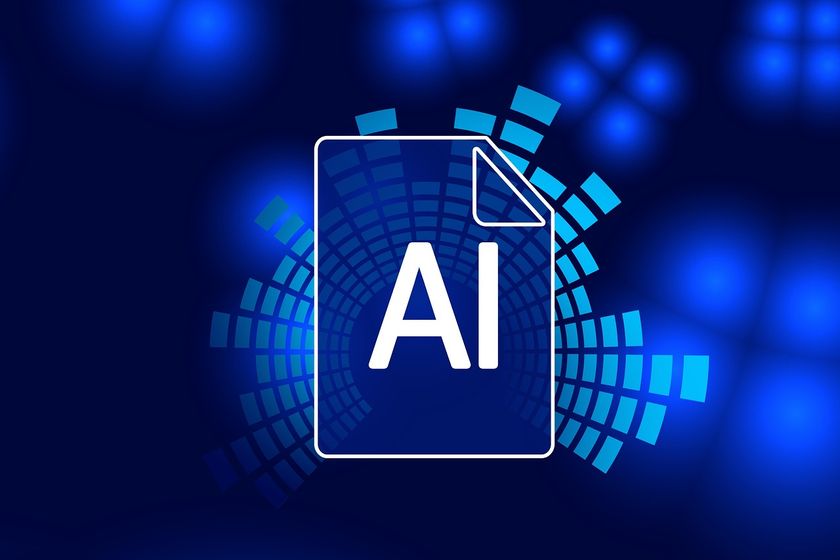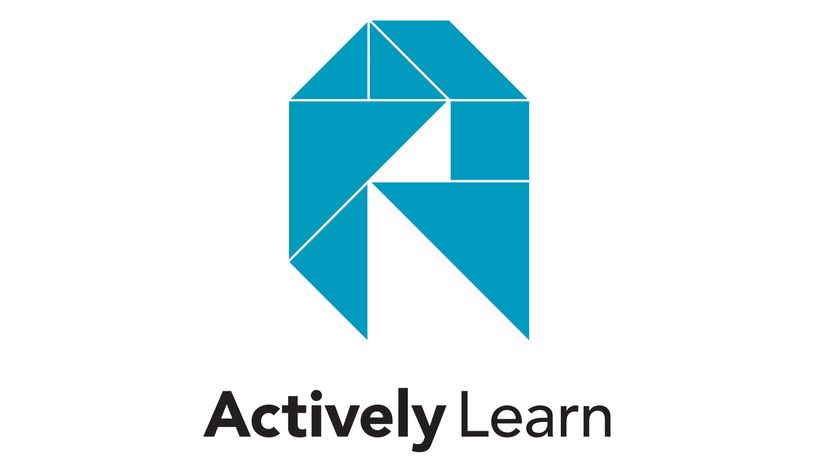Facilitating Microcredentials For K-12 Students
Microcredentials are bite-sized certificates of competency in various skills and can help students separate themselves on the job market.

Microcredentials are digital certificates that have become increasingly popular with employers. That’s why many higher education institutions have started offering these and why educators frequently seek these opportunities to advance their careers.
It’s also why Rita Fennelly-Atkinson, Senior Director of Credentials at Digital Promise, says K-12 students should be recognized for their expertise with microcredentials.
“Right now there's a lot of discussion around employment and how it's really hard for people to enter the job market, especially if they're early career,” she says. “So anything that can help show that you're motivated and can give you a leg up is going to be helpful.”
To help encourage and facilitate microcredential access for K-12 students, Digital Promise recently released “The Promise of Micro-credentials and Learning and Employment Record Technologies for Youth and K-12 Schools.” The report was accompanied by a framework for implementing many of the strategies covered in the report and a video summarizing ways in which K-12 students can successfully leverage microcredentials.
What Is A Microcredential and Why Is It Important?
Digital Promise defines microcredentials as a digital certification that recognizes an individual for having a specific competency or skill, Fennelly-Atkinson says.
“Our education system has a lot of inequities,” she says. “There's a lot of barriers for entry. And one of the barriers and challenges that many learners face is that even if they have skills and competencies that they've attained, they haven't been recognized for them.”
One way those who receive microcredentials are able to share is through an Open Badge, basically a digital certificate that comes with a badge image and info about the badge earner and the organization or entity that issued the badge.
Tech & Learning Newsletter
Tools and ideas to transform education. Sign up below.
These digital credentials give people greater control over how they present their skills to employers and colleagues. “Unlike a transcript, they don't have to request it, they don't have to pay for it. So changes a dynamic and the control that the learner has, which is really powerful,” Fennelly-Atkinson says.
How Can Educators Promote Microcredentials With Students
“Even though microcredentials have existed for about 10 years, there's still a lot of people who don't know about them,” Fennelly-Atkinson says. “One of the most important things educators can do is just build awareness that there are a lot of different ways for students to be recognized for their skills and that they should avail themselves of the opportunity.”
Fennelly-Atkinson adds another strength of a microcredential is that it is bite-sized. “Unlike a degree program where it might take you a few years to complete it, this is something that you can complete in a short amount of time," she says. "And you can be recognized for having a specific skill, and you can start using it right away.”
Tips For Educators On Steering Students to Microcredentials
In some settings, it can make sense for a school or district to develop their own microcredentials based upon skills they want to highlight with students. But it’s not always necessary. A lot of microcredentials are already out there that are very high quality, Fennelly-Atkinson says. “One consideration is, 'Do we need to reinvent the wheel?' If there's already a microcredential that achieves what you want, I highly recommend integrating that and making it available.”
Whether you’re developing it in-house or working with an existing microcredential program, Fennelly-Atkinson says that Digital Promise’s research has consistently shown over the years that the more student choice you can facilitate, the better. For instance, she advises giving students access to a collection of 15 microcredential courses and advising them to choose five.
“Giving learners the opportunity to make choices about what they pursue, and about how they pursue it is really, really powerful,” Fennelly-Atkinson says. “It's one of the most exciting aspects about microcredentials.”
Erik Ofgang is a Tech & Learning contributor. A journalist, author and educator, his work has appeared in The New York Times, the Washington Post, the Smithsonian, The Atlantic, and Associated Press. He currently teaches at Western Connecticut State University’s MFA program. While a staff writer at Connecticut Magazine he won a Society of Professional Journalism Award for his education reporting. He is interested in how humans learn and how technology can make that more effective.

